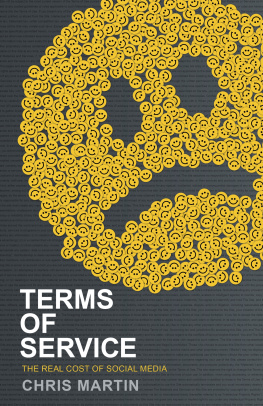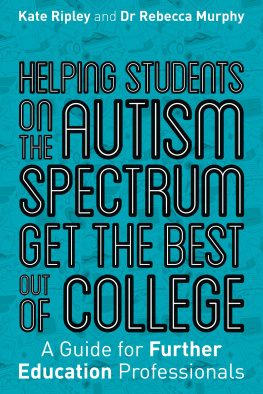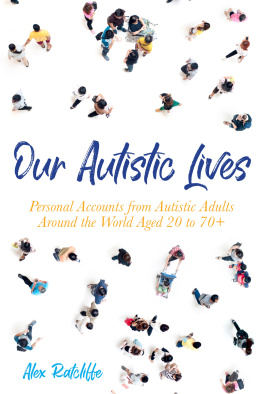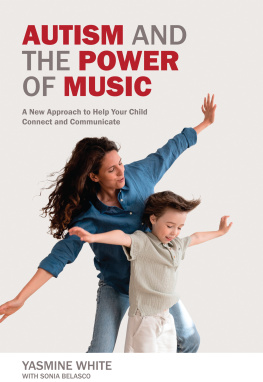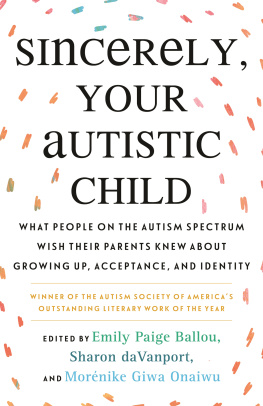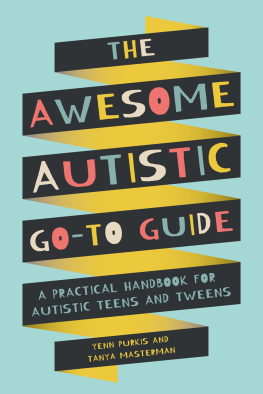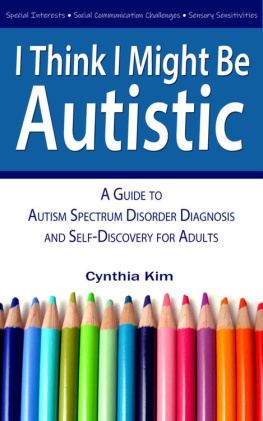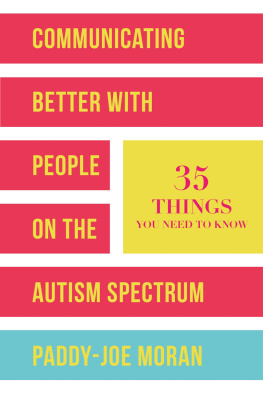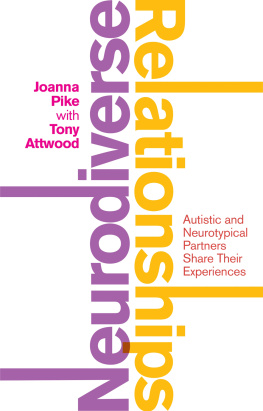Contents
Guide
For Mark, Max, Adam, Matteo, Hannah, Imane, Zach, Bill, Khalil, Lonnie, Soren, Dustin, Wallace, Brian, Amelia, Brother Sid, and Rowan
This is what I want to do. This is what I want to be,
surrounded by kindred spirits, doing useful things
with care, knowledge and clarity.
Dara McAnulty, Diary of a Young Naturalist
Take good care
to shape with language
worlds that want to hold us all
Adjua Gargi Nzinga Greaves, Of Forests and of Farms: On Faculty and Failure
Contents
The Rallying DanceTo Extend the ChoreographyForging a WhetstoneTo Educate MyselfAngling Toward AutonomyDenizens of the Intense WorldThe Lava of LanguageTo Reach and RootThe Light That Leaps Forth
I watch from my end of the video chat as Adams lanky frame once again escapes the purview of my Zoom screen. He is answering the beckoning call of a stick he gleaned from the woods earlier that day. When Este, his mother and communication partner, reorients their screen in Toronto, I can see Adam rhythmically twallowing the stick in his left hand, expertly moving it back and forth like a windshield wiper or wing. Este takes the keyboard to him and Adam begins typing again with his right hand: I am wanting to ask you a question I have. I am wanting to ask the teacher how you can think with me so easily about doing poetry love that you can have thinking about much movement using me good to have support about it and understanding. That is meaningful to me and I thank you doing the dance.
This dancewhich Adam alternatively calls a jam or an assembly or a rallywas at once metaphorical and real. Adam, who is a nonspeaking autistic eighteen-year-old, often makes a peripatetic sort of dance of our one-hour session, alternately typing and repositioning himself elsewhere in the room. But he also leads the dance of conversation by way of his writing, which sets a different choreography in motion. Today, as most days, the three of us are joined by Ellen, one of Adams art collaborators. Like Adam, Ellen and Este are both artists who often work in material or sculptural modes. But sculpture, writing, dancing, twallowing: these forms all stay in conversation when were with Adam. In between his sustained waves of typing, which sometimes last for a hundred words or more, only punctuated by the spaces that separate them, he pauses to replenish himself and welcomes reflections on what hes just written. Or just as often a reflection on how hes just written, as together we revel in the patterns of sound and sense Adam is drawing forth.
Our ideas as writers and artists bring us into a thrilling intellectual tango, which happens alongside the tactile dance of Adams fingers on the keys. As Adam types, I take the words down in a shared Google Doc. As his fluid sentences emerge, voiced one word at a time by the vocal synthesizer connected to his iPad, my mind attempts to keep pace and my heart leaps to think in this way, doing the poetry love that brings us all into a swell of fellow feeling. It is in these swells and waves that we continuously welcome each other into the ongoing dance of collaboration, interdependence, and neurodiversity.
Poetry love can be a hard thing to explain to people who are not in the practice of it, people who have often been alienated from the possibilities of it by their previous experiences, most commonly the experiences they had in high school. Poetry is an art form that can be difficult to pin down, and when people try too hard to pin it down, they often ruin everything that makes poetry magical. When you focus on what poetry is, or worse, should be, you instantly lose the most important thing about the practice of making a poem: what could be. What could and can and does happen in a poem is the light at the heart of its practice. If the poet uses constraints or rules or restrictive patterns in a poem, it is always to open up something larger: a feeling, an experience, a connection.
And if its hard to explain poetry, it would seem even more difficult to explain the remarkable reciprocity poetry shares with autism or autistic minds or autistic ways of moving through the world. Is it the way patternsrhyme, line count, meterso crucially embed themselves into the visual and sonic framework of each poem? Do the poems formal elementsline breaks, stanzas, repetitionsdelineate a space where creative decisions are more readily perceived and undertaken? Is there an almost architectural element to building poems that lets autistic writers inhabit their particular ways of making language? Does the hand of the poem open to the writer (and reader) in a way that leaves space for the breadth and depth of autistic intensity? Whatever it is, I have watched my students, time and again, grasp the hand of poetry and begin dancing like theyve been doing it their whole lives.
Its my pleasure to welcome you into the dance alsothe dance thats all so thrillingly expanding around us as we move into a future characterized by movement. I write these words on the winter solstice of 2020, at a time when cultural and political movements have unveiled so much of the destructive machinery that treats certain bodies as negligible, silenceable, and disposable. I am writing from Minneapolis, where the murder of George Floyd, ten minutes away from my house, led to global uprising, an emergent movement that seeks accountability, reckoning, and a pathway to liberation. These movements resonate alongside the neurodiversity movement, which is changing the way that we understand cognitive and sensorimotor difference, shifting us away from a pathology model, where people are judged by how independently they can hew to some unknown quantity of normal or neurotypical, and toward an ethics of interdependence, where our differences allow us to support one another while finding the particular supports we each need to thrive. To support and be supported in mutual, consensual measure. To find reciprocity among our neighbors. To find belonging.
For me to answer Adams question, I would need to better understand how we belonged together. What was the source of our dances ease? To what abundance of belonging had we mutually attuned? In the moment, I said something about our shared love of patterns and language, of what Adam calls languaging. And of course I thanked him for inviting me into the rallying dance, which I also find deeply meaningfulas a teacher, but also as a poet and as a friend. I thanked him for supporting me with his thoughts, which helped so much to clarify my own. Clarify, but also recognize. Adams languaging always helps me to rethink my own manner of moving through the world and to recognize myself as a neurodivergent dancer, one who seeks always to extend the choreography, as Adam has written. To put it another way, the work I do tends to remind me of who I am.
This kind of self-recognition has been hard-won. I was born near the end of a violent decade near the end of a violent century near the end of a violent millennium. And I was born into a body that resembled the bodies of those who have historically wielded the most power with the most violence toward the most oppressive ends. I am a White male who can selectively pass as cis, straight, able, and neurotypical. This is what Sonya Renee Taylor calls the default body, and its cover has given me tremendous advantages, including the ability to move through a neurotypical world with something approximating ease. But this false ease is nothing like what I feel when Adam and I are in conversation. The truth is that I have never felt like I belonged in the neurotypical world, much less amidst the callous materialism and masculinity that seek ever to make me complicit in their conditioning. The truth is that I now question all these aspects of my identity, desiring to know where the enforcement of normativity ends and I begin.


